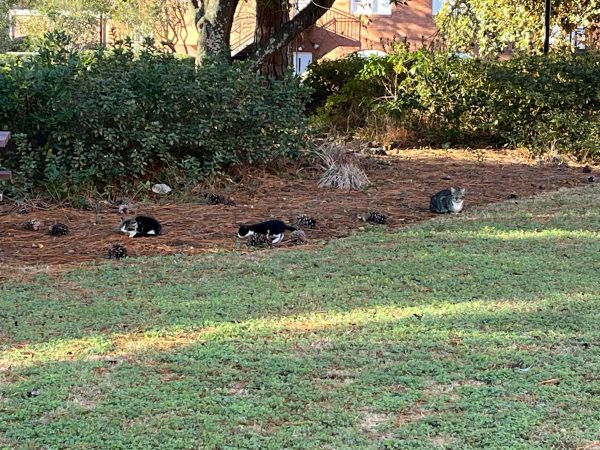From Statesboro to Ireland, The Wexford-Savannah Axis Project
March 10, 2016
With Saint Patrick’s Day right around the corner, many Georgia Southern students will head to Savannah for the Saint Patrick’s Day Parade. Savannah’s parade is the second largest Saint Patrick’s Day celebration in North America, but why would Savannah, of all places, boast such an esteemed parade every year?
The Center for Irish Research and Teaching (CIRT) at Georgia Southern has been searching for the answer through the Wexford-Savannah Axis project.
The project looks at Savannah in the year 1860. Savannah’s population at the time was 14 percent Irish; a quarter of its white population was Irish-born. Even more astounding, Wexford, one of Ireland’s 32 counties, was where 56 percent of Savannah’s Irish immigrants at the time came from.
CIRT Director, Dr. Howard Keeley, who co-directs the project, defines the importance of the two year old project and how it allows students to research and study these connections between Ireland and Savannah.
Unlike typical Study Abroad experiences, in this program students spend a few weeks in the United States researching before traveling to Ireland for two weeks to continue their research abroad.
This program is unique because of its research aspect. Rachel Dogett, a sophomore double major in writing and linguistics and english with a minor in Irish Studies, participated in the Wexford-Savannah Axis project last summer and is returning again this summer.
“I think [the project] stands out among typical study abroad programs because it is research based,” Doggett said, “It’s not just taking other classes abroad. We did research every day and traveled to different places. We weren’t just sitting in classrooms, and that makes it really valuable.”
Keeley agrees that the research students are doing is extremely significant in that “Migration is as relevant then is as it is now.” He also said that this research was important economically. The migration of the Irish to Savannah certainly brought more business to the area which still impacts Savannah to this day.
Keeley mentioned that some are interested in the economics of the story, but that uncovering the “human story” is equally important. Either way, Keeley believes that the Wexford-Savannah Axis project is a meaningful study abroad that had a “higher level of value” than other typical excursions because of its research aspect.
CIRT partners with the University Honors Program to learn about our region and its Irish history in the Wexford-Savannah Axis project. Though CIRT is partnered with the Honors Program, one need not be in the Honors Program to apply and be part of it. To learn more, visit the Center for Irish Research & Teaching at: http://class.georgiasouthern.edu/irish/









